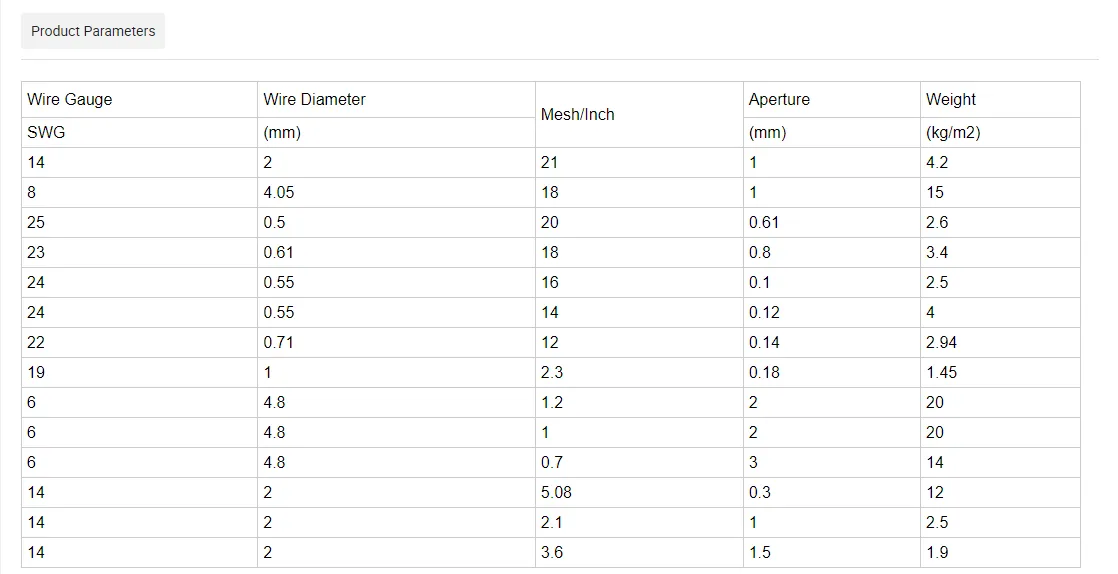Temporary Fencing for Construction Sites Ensuring Safety and Security
In the bustling world of construction, maintaining a secure site is paramount not only for the protection of the property but also for the safety of workers, passersby, and the surrounding community. One of the most effective means to achieve this security is through the implementation of temporary fencing. This crucial element serves a multiplicity of purposes while addressing various regulatory, practical, and safety concerns.
Why Temporary Fencing is Essential
Temporary fencing is employed at construction sites for a variety of reasons. First and foremost, it serves as a physical barrier that restricts unauthorized access, preventing potential accidents and ensuring that only trained personnel are permitted within the site. This is especially important for large projects where heavy machinery and hazardous materials are present. By limiting entry points, construction managers can significantly mitigate the risk of injury to pedestrians and trespassers.
Additionally, temporary fencing plays a vital role in securing expensive equipment and machinery. Construction sites often house valuable tools and materials that can attract theft and vandalism. A sturdy fence can deter would-be thieves and provide peace of mind to contractors and project managers, knowing their investments are better protected.
Types of Temporary Fencing
There are several types of temporary fencing available, each suited for different needs and scenarios. Chain link fencing is one of the most common options due to its versatility and durability. It provides a clear view of the site, allowing for surveillance while still acting as a strong barrier against unauthorized entry.
Another popular choice is the panel fencing system, which is often used for urban construction sites. This type of fencing is designed for quick installation and can be easily relocated as the project progresses. The panels can also provide a cleaner aesthetic, which can be a consideration in areas with high visibility or community activity.
temporary fencing for construction sites

For sites requiring a higher degree of security, barbed wire or concertina fencing can be added atop existing fences
. This not only enhances security but acts as a visual deterrent.Compliance with Regulations
In many regions, construction sites are subject to local ordinances and safety regulations that dictate the minimum standards for fencing. These regulations may specify the height, material, and maintenance of the fencing to ensure it is effective. Failure to comply with these laws can result in fines and project delays. Therefore, it is crucial for site managers to stay informed about relevant guidelines and to choose fencing solutions that meet legal requirements.
Additional Benefits
Beyond security and legal compliance, temporary fencing can also help control dust and debris. Many construction activities generate excessive waste or particulate matter that can disturb the surrounding area. By enclosing the site, temporary fencing assists in containing this mess, thereby minimizing disturbances to neighbors and maintaining the cleanliness of the site.
Moreover, branding opportunities exist through fencing. Companies can utilize the surface of temporary fences for advertising their brand, project information, or safety messages. Customizable banners can transform a standard fence into a platform for communication, enhancing the visibility of the project while also promoting the contractor's identity.
Conclusion
In conclusion, temporary fencing for construction sites is an indispensable tool that contributes to safety, security, and compliance. By providing a controlled environment, it protects workers and the public, secures valuable assets, and meets regulatory requirements. As construction continues to evolve, so too will fencing solutions to address new challenges and enhance site management practices. Embracing the significance of effective temporary fencing is an investment in the overall success of every construction project.
-
Why Galvanized Trench Cover Steel Grating Resists Corrosion
NewsJul.10,2025
-
The Versatility and Strength of Stainless Expanded Metal Mesh
NewsJul.10,2025
-
Load Calculations in Steel Grating Platforms
NewsJul.10,2025
-
Keeping Pets and Kids Safe with Chicken Wire Deck Railing
NewsJul.10,2025
-
Hole Diameter and Pitch for Round Perforated Metal Sheets
NewsJul.10,2025
-
Aluminium Diamond Mesh in Modern Architecture
NewsJul.10,2025
Subscribe now!
Stay up to date with the latest on Fry Steeland industry news.

